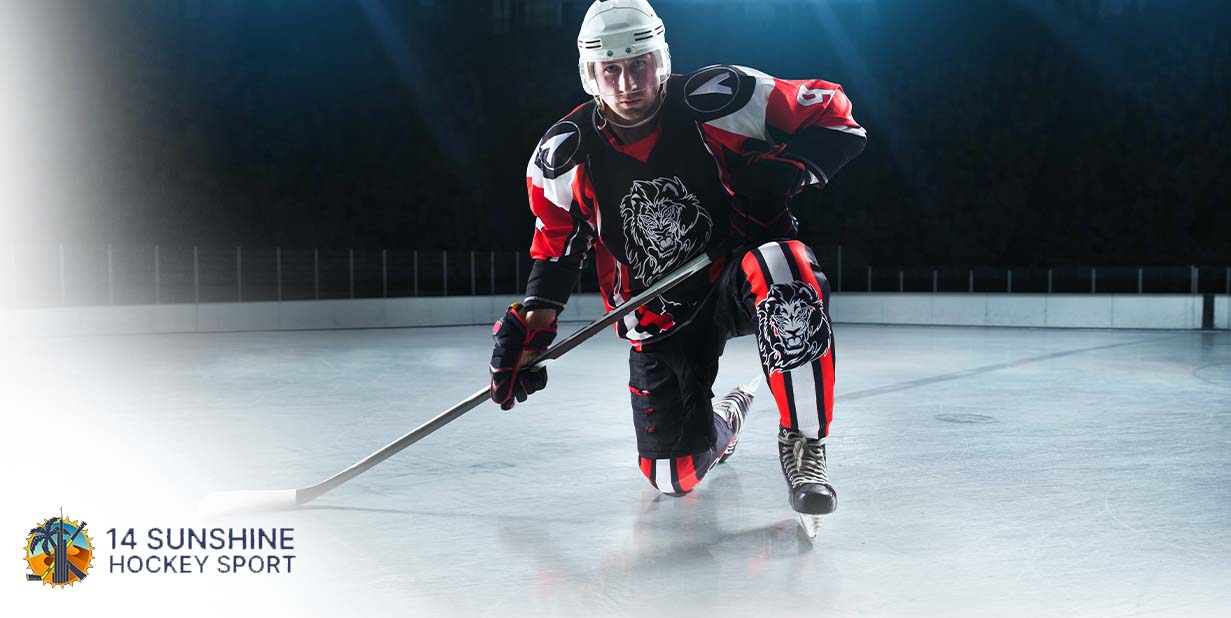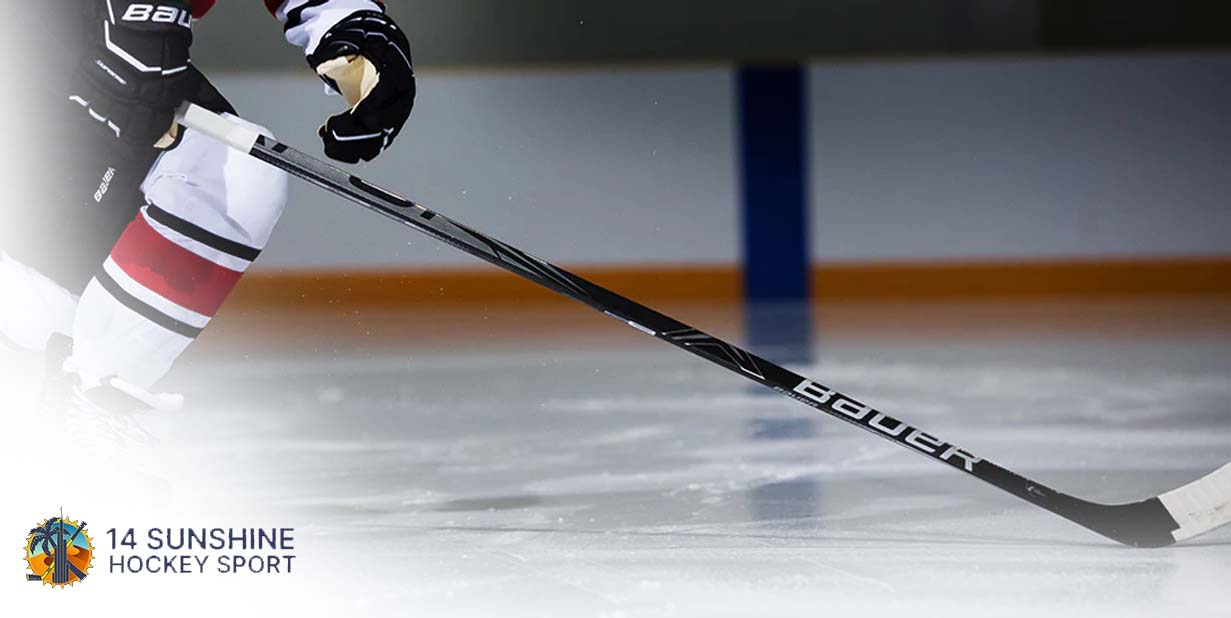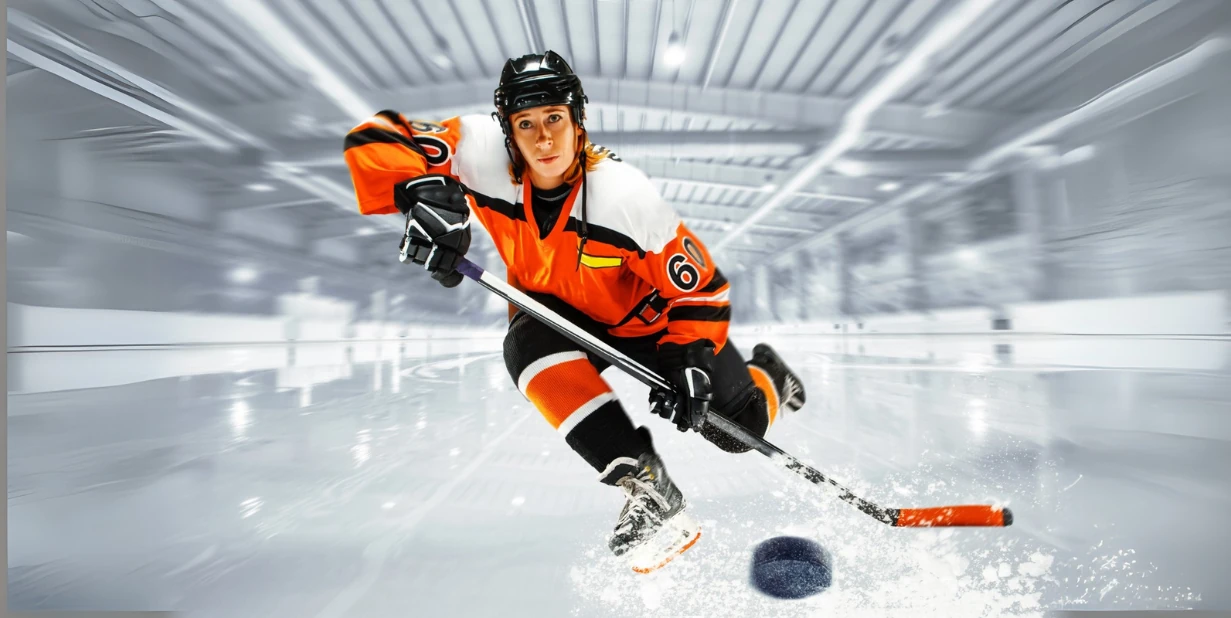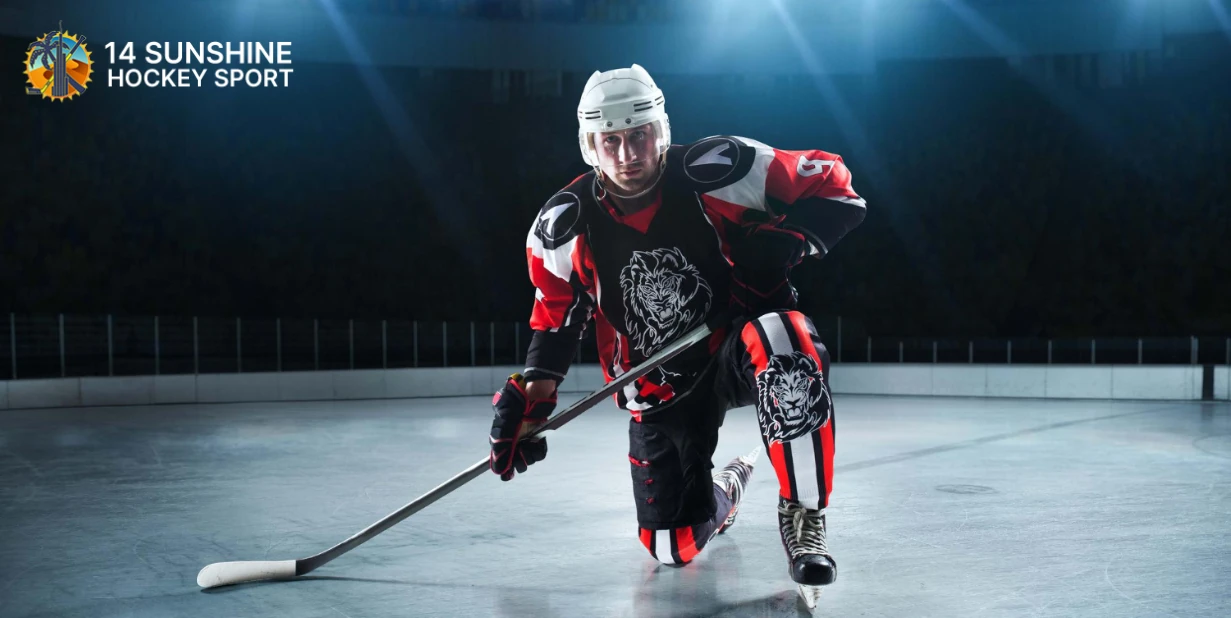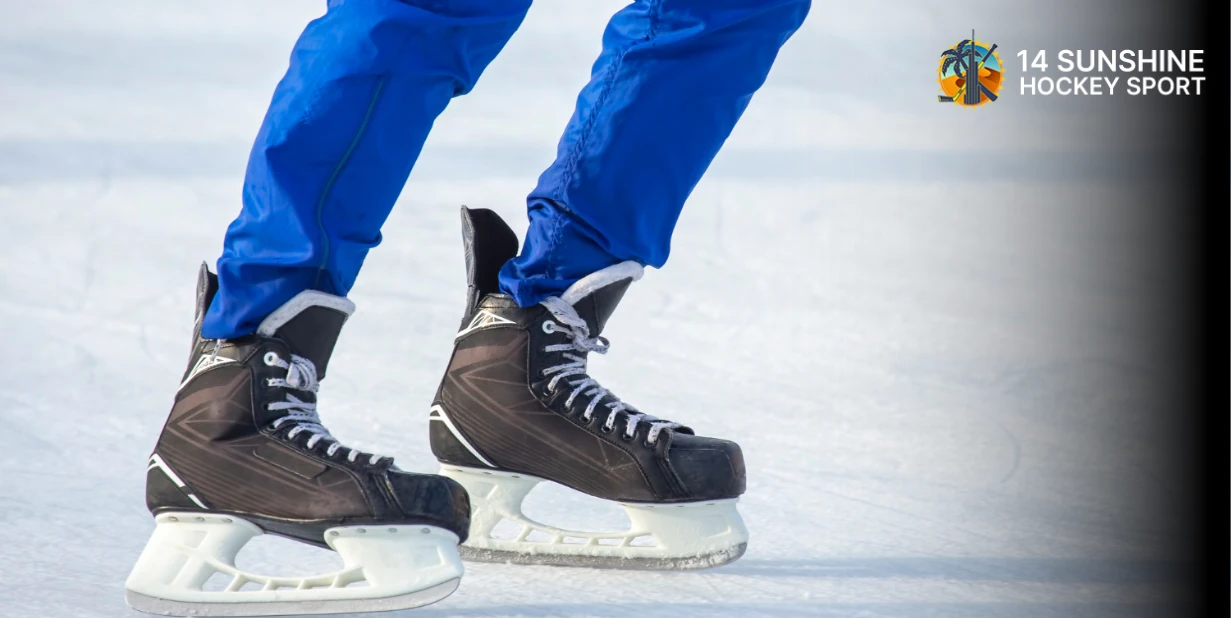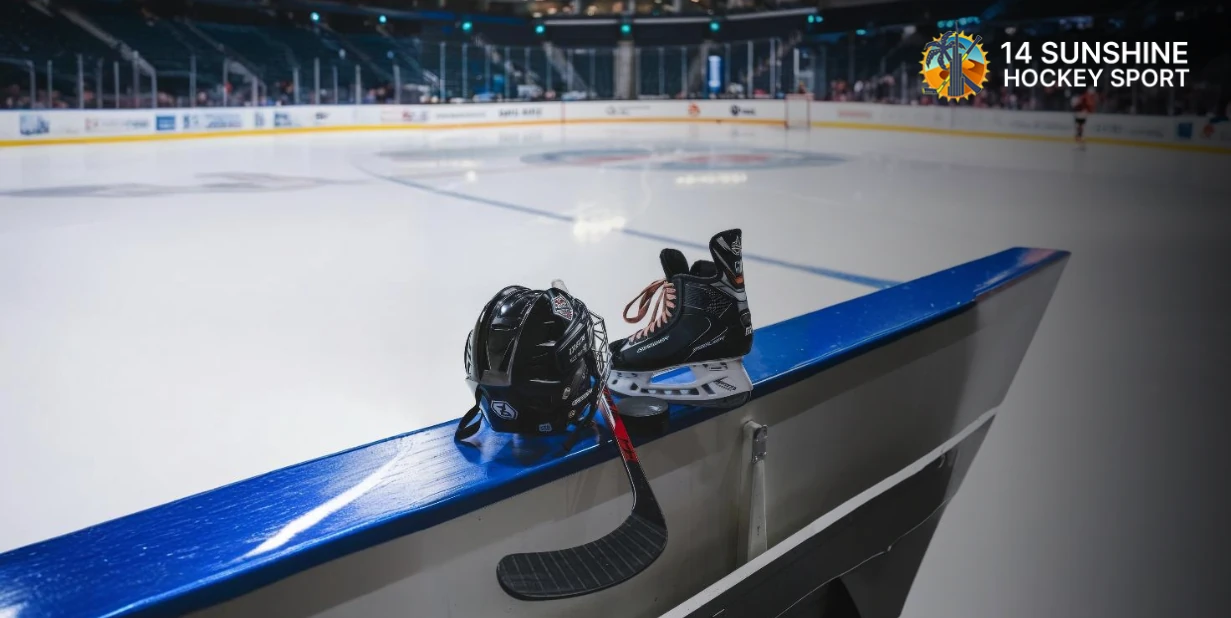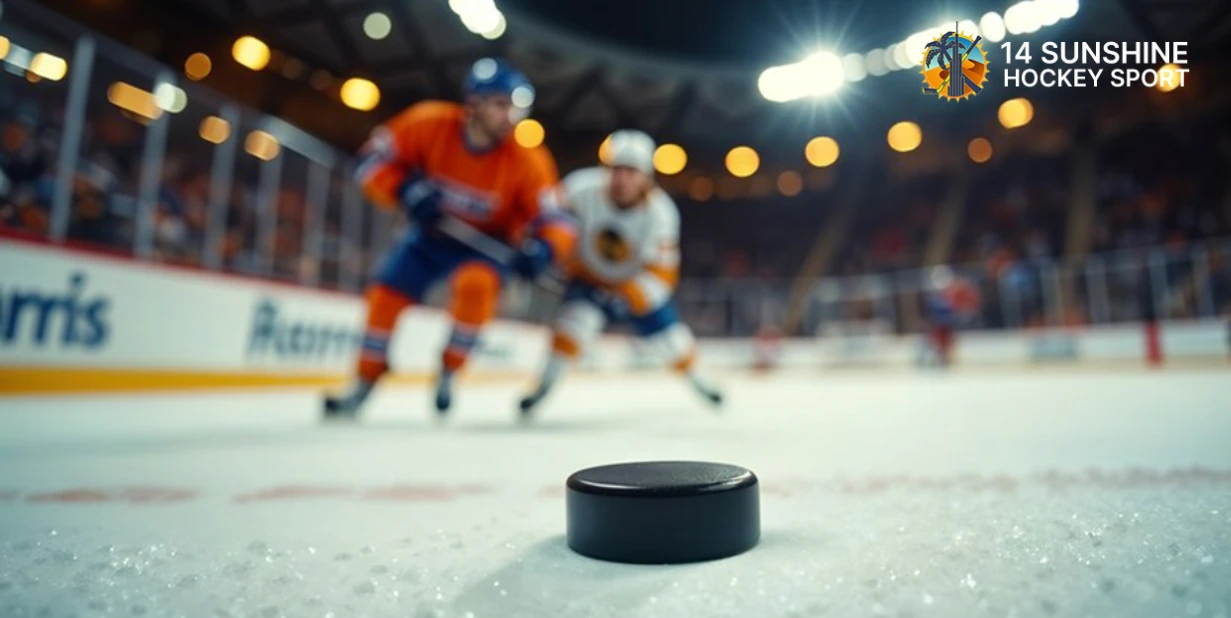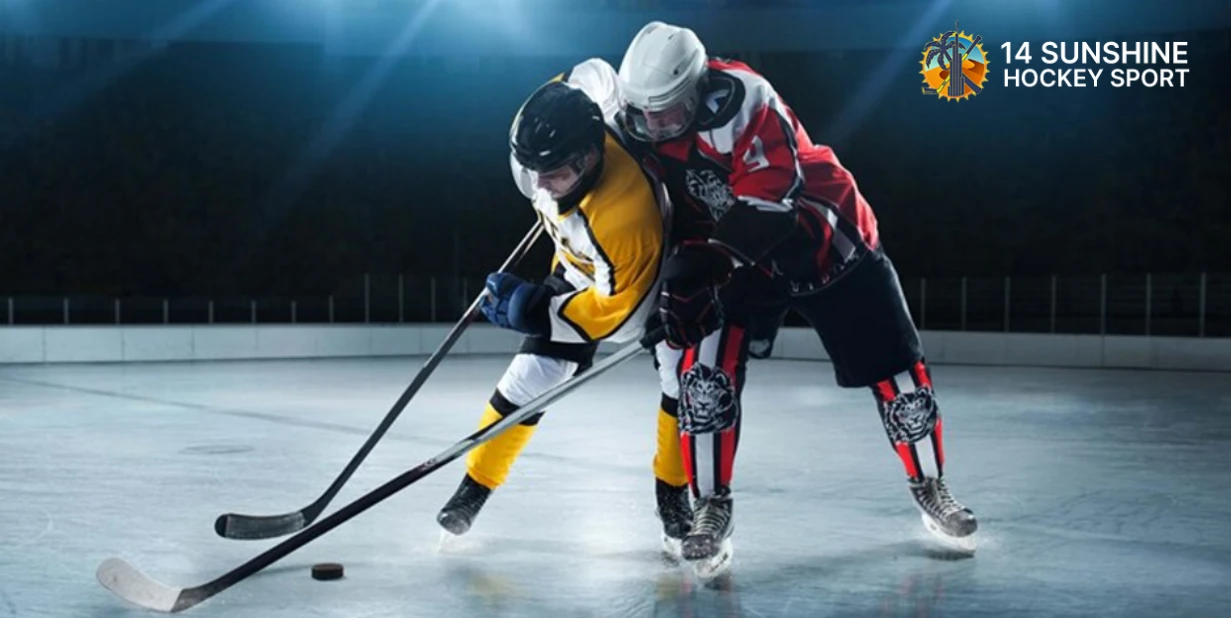How to Maintain Your Hockey Skates for Long-Lasting Performance
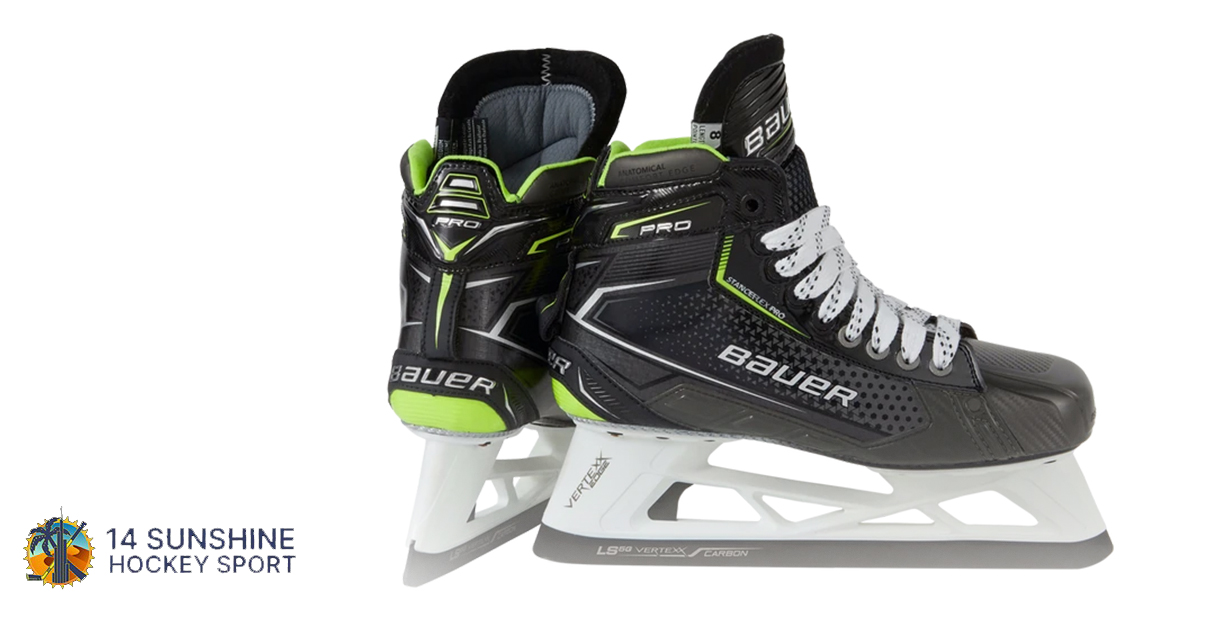
Hockey skates are one of the most important (and most expensive) pieces of equipment a player owns. Whether you’re playing in a weekend league or training several times a week, your skates take a beating every time you hit the ice. Proper maintenance not only keeps them in great shape but also helps you perform better and avoid injuries.
In this guide, we’ll walk you through the best ways to care for your hockey skates. With just a few simple habits, you can make your skates last longer and feel better every time you lace up.
Why Skate Maintenance Matters
Keeping your skates in good condition does more than protect your gear — it improves your performance. Well-maintained skates:
- Help you skate faster and turn sharper
- Reduce the risk of rust and blade damage
- Keep your feet comfortable and dry
- Save you money by extending the life of your skates
Neglecting your skates can lead to dull blades, broken holders, bad smells, and painful foot problems.
1. Dry Your Skates After Every Use
Moisture is your skate’s worst enemy. After every game or practice, your blades, boots, and liners collect sweat and melted ice. If left wet, this can lead to:
- Rusty blades
- Bacteria build-up
- Damp, smelly liners
Here’s what you should do after each session:
- Wipe the blades dry with a soft towel
- Use a towel or chamois to dry off the holder and boot
- Loosen the laces and pull the tongue forward to let the inside air out
- Never leave your skates in a sealed bag or trunk — let them dry in a well-ventilated area
Bonus tip: Consider using a moisture-absorbing skate deodorizer or drying insert between uses.
2. Use Skate Guards Off the Ice
Walking on hard surfaces without guards will quickly damage your blades. It only takes a few steps on concrete or tile to dull or nick the edge.
Use two types of guards:
- Hard guards for walking around the rink
- Soft soakers for storing your skates and keeping blades dry
Make it a habit to always protect your blades — even a small chip can ruin your edge and affect how you skate.
3. Sharpen Your Skates Regularly
Sharp blades give you a better grip, quicker turns, and more control. Dull blades make skating harder and increase the risk of falling.
How often you sharpen depends on how much you skate, but a general guide is:
- Every 5–10 hours of ice time for regular players
- Every 2–3 sessions for competitive athletes
- Before every game if you’re very picky about edge feel
Pay attention to how your skates feel. If you’re slipping on stops or losing grip, it’s time to sharpen.
4. Choose the Right Hollow
When sharpening, you can choose the hollow — the curve that’s ground into your blade.
- A deeper hollow (like 3/8″) gives more grip
- A shallower hollow (like 5/8″) gives more glide
Beginners often start with a half-inch (1/2″) hollow, which offers a balance of grip and glide. You can experiment over time to find what feels best for your style and weight.
5. Check Your Blades for Damage
Before or after every session, give your blades a quick inspection:
- Look for nicks, rust spots, or uneven wear
- Run your finger lightly along the edge (be careful) to feel for chips
If you see damage, get them sharpened or replaced as soon as possible. If your skates have removable steel, you can keep a spare set in your bag and swap them out if one gets damaged.
6. Tighten or Replace Loose Screws
Over time, screws on the blade holder or other parts of the skate can loosen. Loose screws may cause:
- Rattling noises
- Poor blade alignment
- Increased injury risk
Use a skate-specific screwdriver to check and tighten screws regularly. If a screw is stripped or won’t stay in place, have it replaced at a skate shop.
7. Take Care of the Boot
The outside of your skate boot protects your foot from hits, cuts, and impacts. To keep it in good shape:
- Wipe down the boot with a damp cloth after use
- Check for cracks or deep scratches
- Avoid hitting the boot on boards or sharp edges
Some skates are heat-moldable. If the boot feels soft over time or loses shape, it might need re-molding or replacing.
8. Keep Your Laces and Eyelets in Check
Worn-out laces or broken eyelets can affect how your skate fits and performs.
- Replace laces that are fraying or too short
- Check that eyelets are not bent, broken, or pulling out of the boot
- Don’t overtighten laces — this can wear down the eyelets faster
Some players like waxed laces for better hold, while others prefer standard laces for more flexibility. Choose what feels right for your foot.
9. Store Your Skates Properly
How and where you store your skates makes a big difference in their condition.
Do:
- Dry them completely before storing
- Keep them in a cool, dry place
- Use soft soakers on the blades
Don’t:
- Leave them in your bag for days
- Store them in the car or garage where temperatures change
- Hang them by the blades, which can stress the holder
10. Get Professional Maintenance When Needed
Some problems are best handled by the experts. Visit a pro shop if you notice:
- Cracked holders
- Broken eyelets or rivets
- Blades that won’t hold an edge
- Major discomfort even after break-in
Getting a tune-up or boot adjustment can extend the life of your skates and save you money in the long run.
Conclusion
Taking care of your hockey skates doesn’t take a lot of time, but it makes a huge difference in how they feel and perform. By drying them properly, sharpening regularly, protecting the blades, and inspecting them often, you can keep your skates in top shape for many seasons.
Your skates are your connection to the ice. Treat them well, and they’ll help you play your best every time you step onto the rink.



